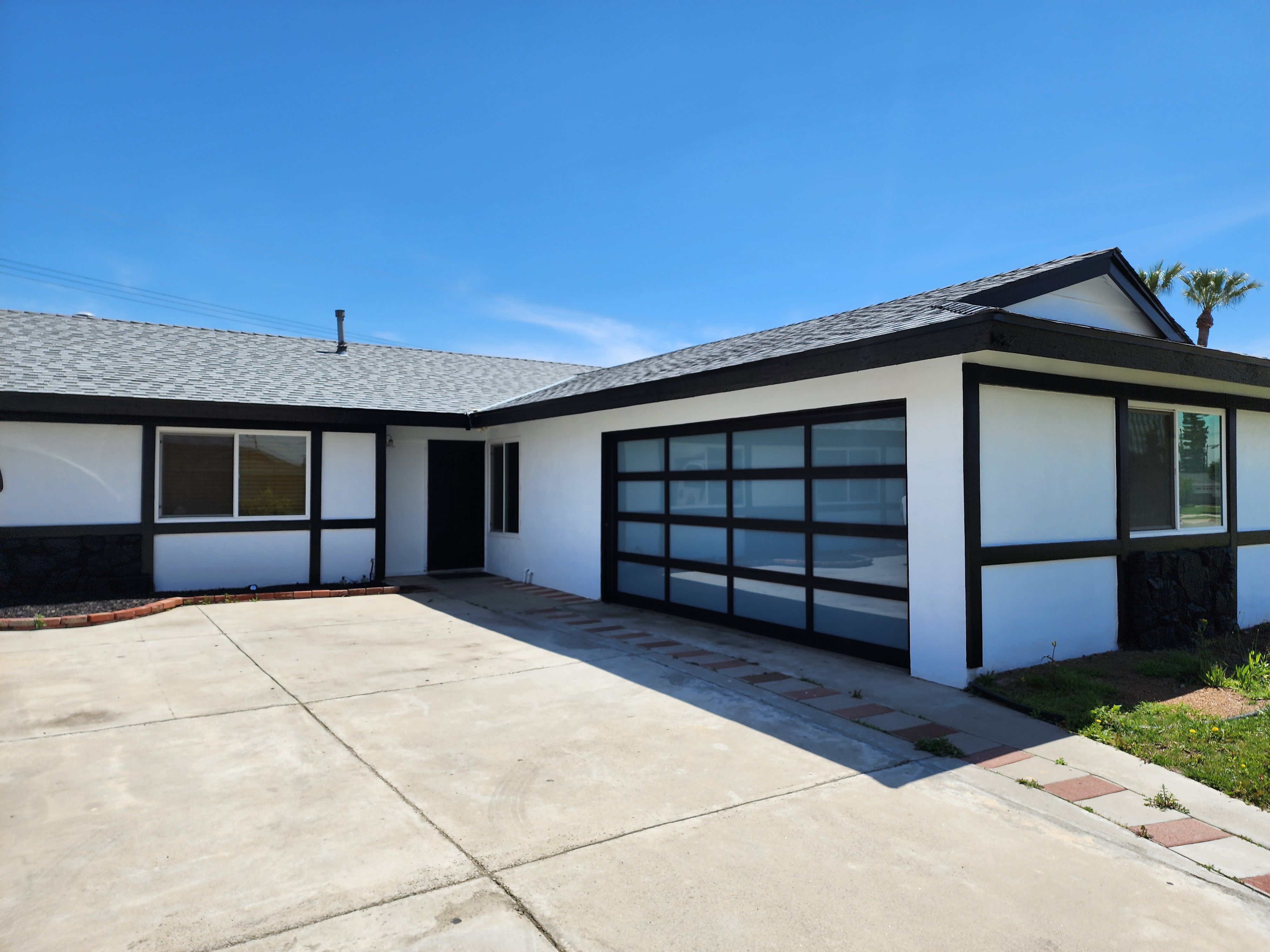October 9, 2025
Commercial Roofing in the Southeast: Preparing Flat Roofs for Rainy Weather
From daily afternoon showers in the summer to serious storms and tropical systems throughout the fall seasons, rain is a big hallmark of the Southeast region’s climate. As a result, it’s essential for commercial buildings to be properly built to withstand frequent and heavy rainfall. A building’s roof is a major part of that, and with flat roofing such a common choice for commercial properties, it’s important to understand how to prepare your flat roofing system for the rain. After all, the design of these roofs doesn’t lend itself to handling heavy rain very well. But by taking the right maintenance measures, you can make sure your flat roof is properly prepared for rainy weather year-round.
This checklist outlines the key steps building owners and facility managers can take to keep your commercial property’s flat roof in peak condition, even against the threat of heavy rainfall.
Understanding the Challenges of Flat Roofs in the Southeast Region
Flat roofs are a common choice for commercial properties thanks in large part to their sleek appearances and cost-effective nature. But with the rainy climate of the Southeast region, these roofs can run into problems. Unlike pitched roofs, which are designed in a way that makes water run off quickly, flat roofs are prone to pooling water, especially if the system has developed low spots or the drainage isn’t efficient.
The humidity within the area doesn’t help, either, as trapped moisture can accelerate the breakdown of your roofing system and create the right environment for the growth of mold and mildew. So, with all of that in mind, it’s important for you as a business owner or property manager to understand the challenges so that you can take proactive steps to maintain your roof and prepare it to handle rainy weather.
Inspect & Clear Your Drainage Systems
Perhaps the biggest key to keeping your commercial property’s flat roof prepared for the rainy climate is making sure your drainage system is clear and functional. Flat roofing systems rely on internal drains, scuppers, and gutters to move water off and away from the roof’s surface. That means keeping these systems free of leaves, dirt, and other debris is a must to avoid water backups and pooling. Removing debris is the start, and then it’s wise to follow that by flushing the system with a hose to ensure that the water can flow freely. And be sure to check the downspouts and make sure they are clear of any blockages and remain ready to carry water away from your property’s foundation.
Identify & Resolve Any Ponding Areas Within Your Flat Roofing System
Ponding is a term used for the lingering of water on a flat roof for more than 48 hours after rainfall. This standing water can cause blistering, cracking, or separation of your roof’s membrane, and the added weight of the water can also create sagging and affect the roof’s structure. Walking the roof and checking for any areas where water has collected is a good place to start. When you see ponding, you’ll want to consider installing tapered insulation that encourages drainage. You’ll also want to repair any sagging areas to restore a proper slope to your roofing system. This is an especially wise time to partner with a seasoned roofing company, as professionals will be able to provide you with reliable long-term solutions.
Inspect Roofing Membranes & Seams
The membrane of your flat roofing system is your building’s first defense against water intrusion, so when heavy rain rolls through the area, you’ll want to follow that by having your roofing membrane and its seams thoroughly inspected. Making sure there are no weak spots, cracks, or bubbles within the membrane will help you prevent leaks from occurring. If you notice any signs of wear, it’s important to invest in professional repairs. Patching or resealing can help to extend the life of your roof, but any widespread damage could require more extensive work from your trusted roofing partners.
Protect Against Mold & Moisture Damage
As much as heavy rainfall can threaten your property’s flat roofing system, the persistent humidity the Southeast region is known for is another threat. After all, the humidity can create the moist conditions necessary for mold and mildew to grow, and these problems aren’t just harmful to your roof—they can also compromise the indoor air quality within your building and pose health risks to anyone inside. Investing in robust ventilation systems and making sure they’re functioning properly is a must for commercial property managers, and mild-resistant roof coatings can also be a smart investment for added protection.
Work With Commercial Roofing Professionals to Properly Prepare Your Flat Roof
The best thing you can do as a commercial property owner or manager is work with a trusted team of commercial roofing experts to make sure your flat roof is properly prepared to handle the rain and humidity. In the Southeast, Alpha Omega Construction Group, Inc. is the best team to call. You can turn to us for a roof inspection, roof repairs, roof maintenance, or even a full roof replacement. Our expert team can handle whatever needs you may have. Our track record ultimately speaks for itself, and we’d love for you to find out when the time comes to properly prepare your flat roof for the rain.
Reach Out Today
If you need our commercial roofing professionals to address the flat roof of your property in the Southeast to make sure it’s properly prepared to handle the rainy climate, contact Alpha Omega Construction Group, Inc. today.
Trusted by some of the biggest names in the business!












